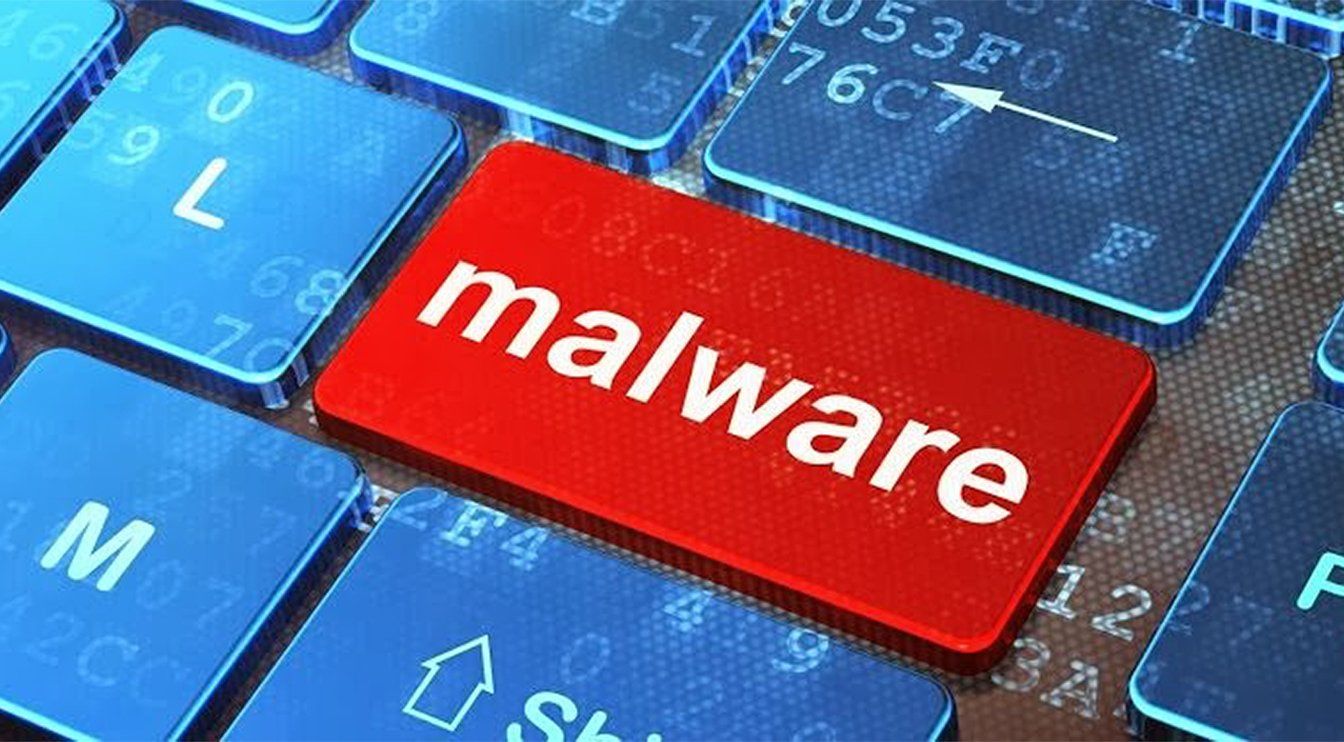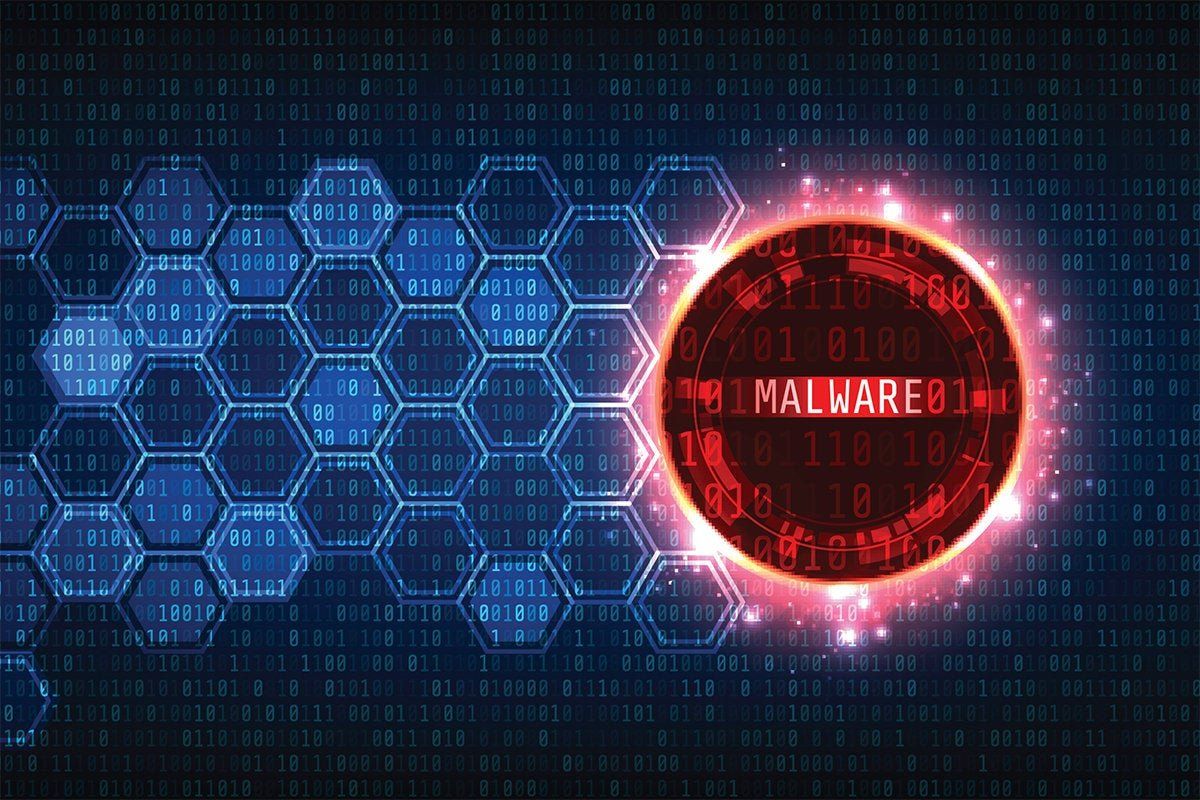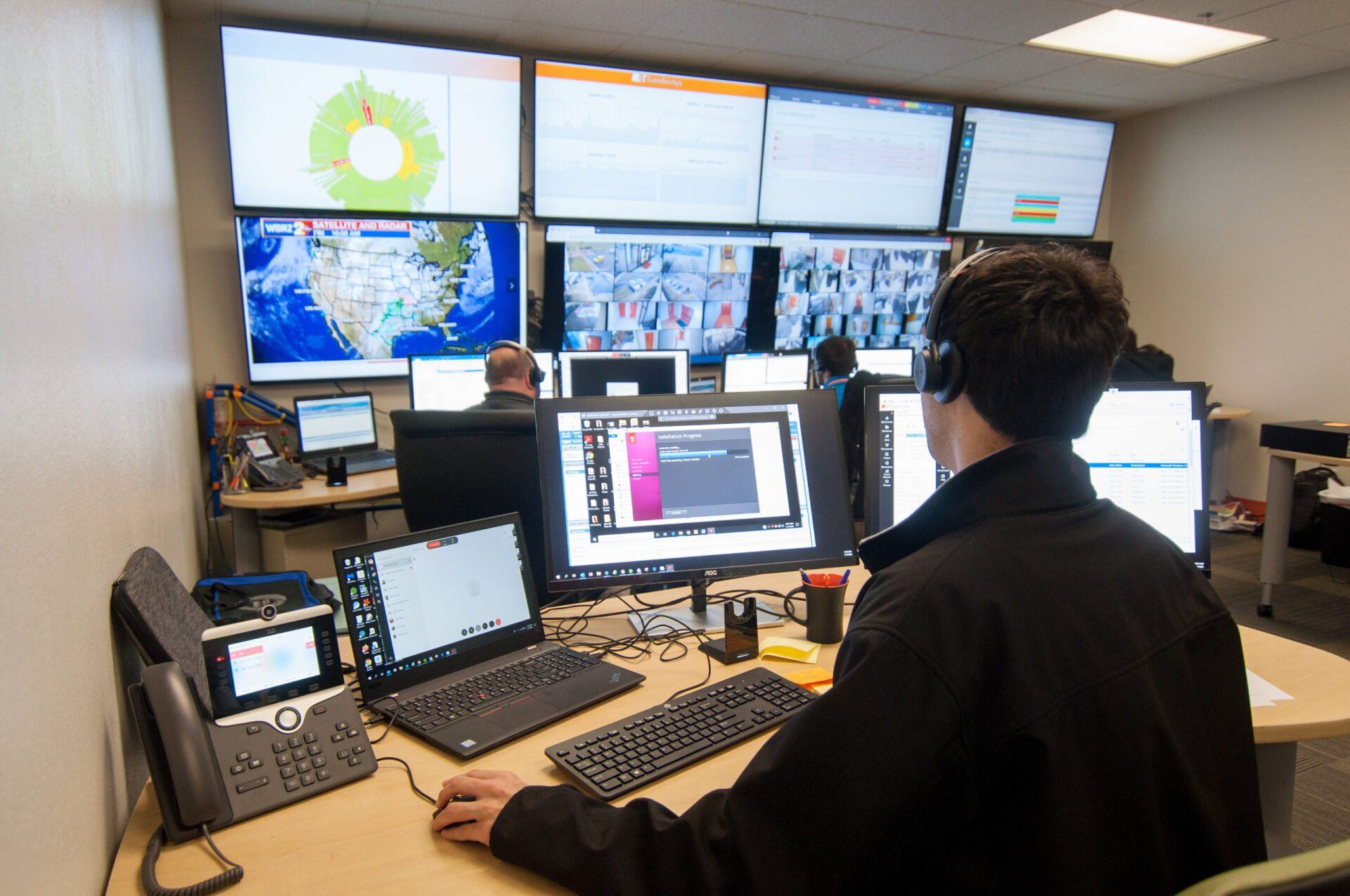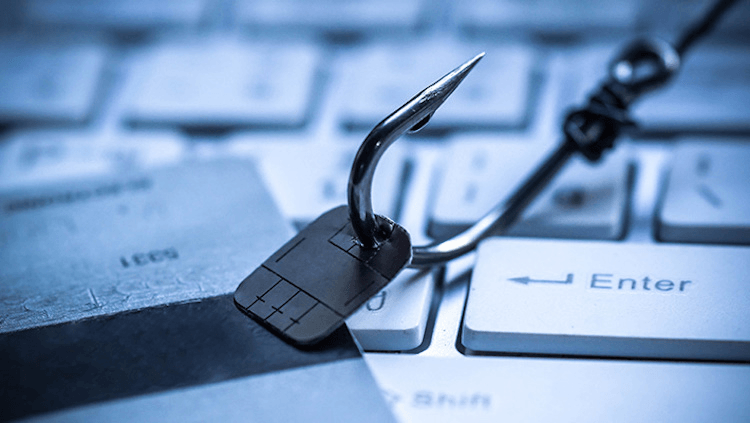Malware - Statistics & Facts
Malware - Statistics & Facts
Malware, or malicious software, is software designed to take charge or disrupt its victim’s computer infrastructure. By posing as harmless files or links, these programs trick users into downloading them – thus allowing foreign access not only to the victim's computer, but to entire networks within an organization. The majority of malware attacks worldwide in 2020 took place in North America, with the number of automated bot-attacks far exceeding that of those executed by humans. No doubt a direct result from the growing surge of interest in cryptocurrencies, cryptomining also happens to be the leading type of malware attack across all regions globally – primarily involving hijacking computing power from an unsuspecting victim to solve cryptographic equations. Additionally, attacks tend to overwhelmingly target the professional sector, which has led to a rise in a need for B2B cybersecurity services in recent years. Revenue in the industry has been growing each year, and is expected to reach nearly 8 billion U.S. dollars by 2025. Not only are businesses more at risk each year, but perpetrators are also producing new malware variants each year making it more difficult to get caught. In fact, while the number of detected malware types stood at 28.84 million ten years ago, by 2020 this had reached nearly 678 million.
Attackers have their eye on corporations
Most corporations are attacked by Botnets and Cryptominers. Ransomware, on the other hand is rarely encountered – making up only 5 percent of all attacks on businesses. Here, the user's access to important data is blocked or encrypted, with the condition of release being the payment of a ransom. Overall, exe and doc files were the two most common malware file types worldwide, with exe files most prevalent on the web and doc files more commonly received by email. Corporations deal with ransomware attacks in various ways. Furthermore, it has been shown that paying the ransom in fact further encourages more ransomware - and in cases where the attackers continually demand more, counter effective. Interestingly, nearly 85 percent of affected companies managed to recover their data without ever having to pay a ransom. This is usually done in several ways ranging from attempts to remove the malware to reinstalling an entire system from scratch.
How businesses are stepping up their security game
Although not as widespread as malware that targets traditional systems, mobile malware is a growing threat. The most common variant of this is adware, which takes on the form of unwanted pop-ups, some of which can open gateways for further attacks on a system. With companies well aware of the growing threat of malware, overall security measures are being increased. The most widely implemented form of these has been intrusion detection, aimed at catching an attack at its onset. Meanwhile, although it has been planned for by about 40 percent of businesses, the idea of testing security with a breach attack simulation tool – no doubt a complex undertaking - has only been performed by 18 percent of organizations worldwide. Perhaps also worrying is the fact that most adults still aren’t aware of the full extent of malware, with terms such as ‘ransomware’ only having been correctly identified by less than 40 percent of those surveyed.












